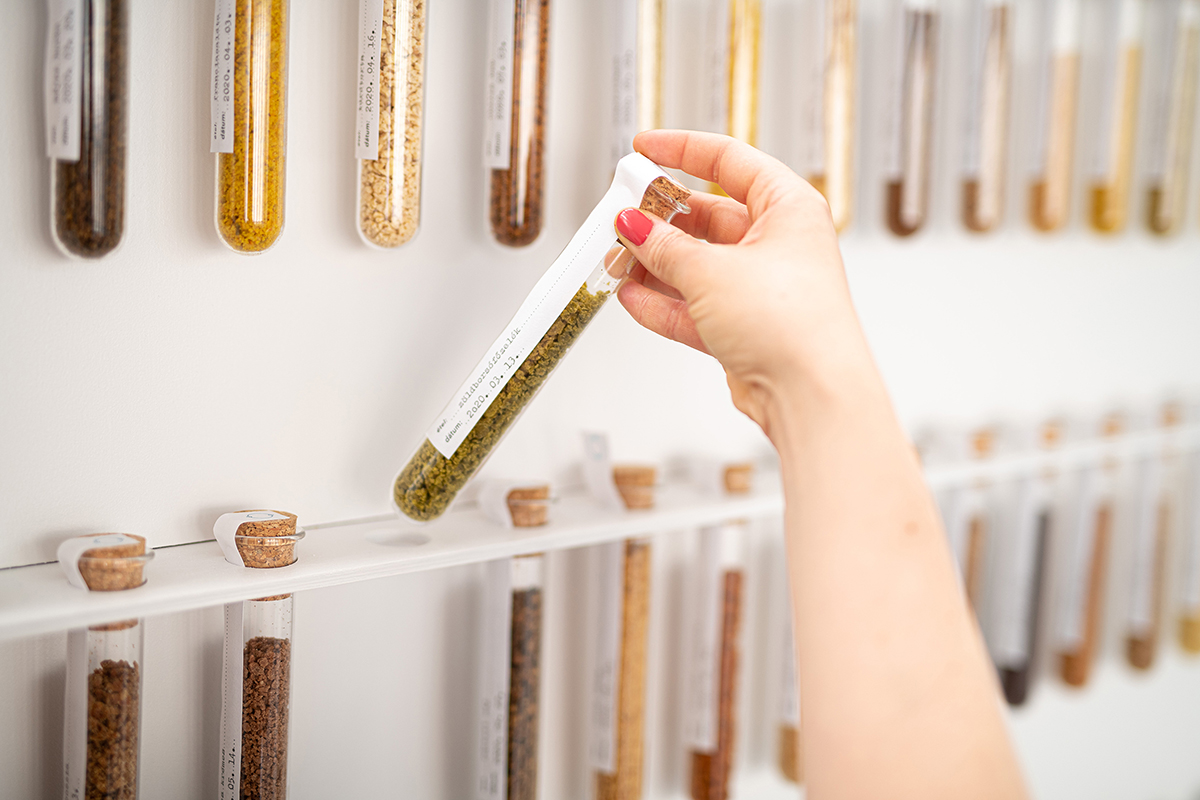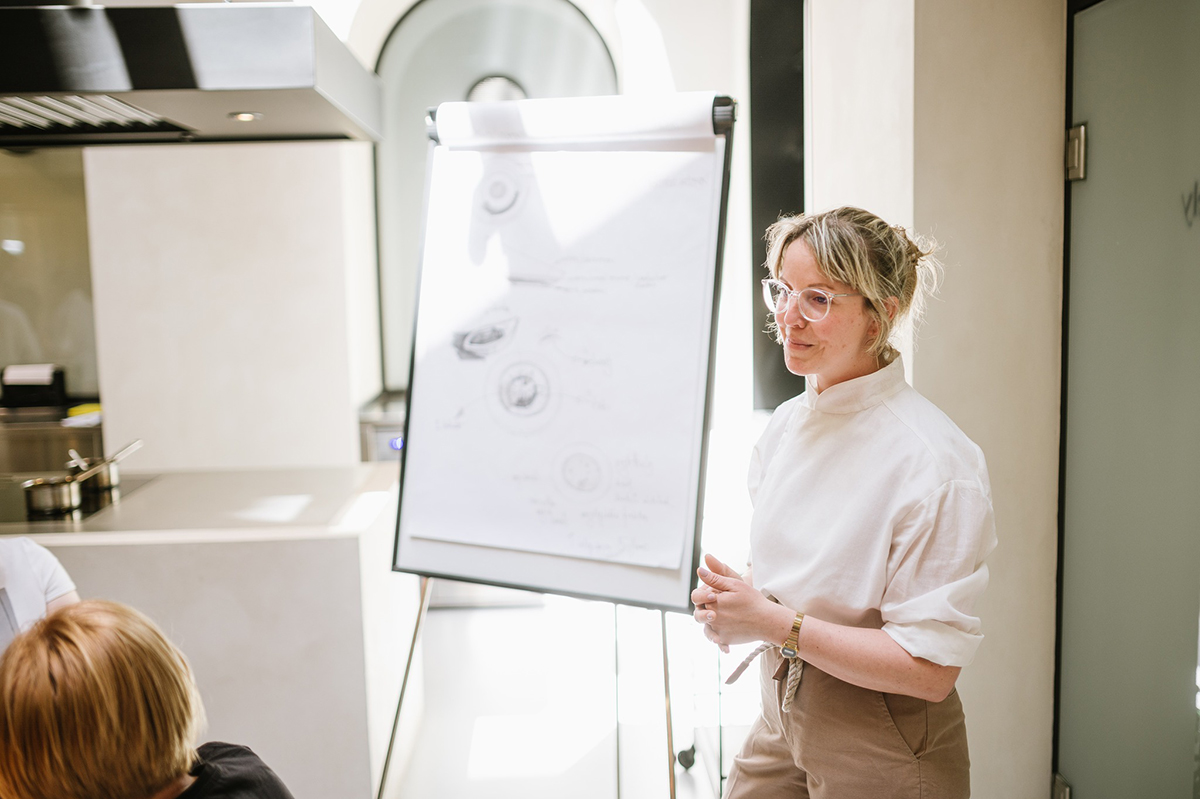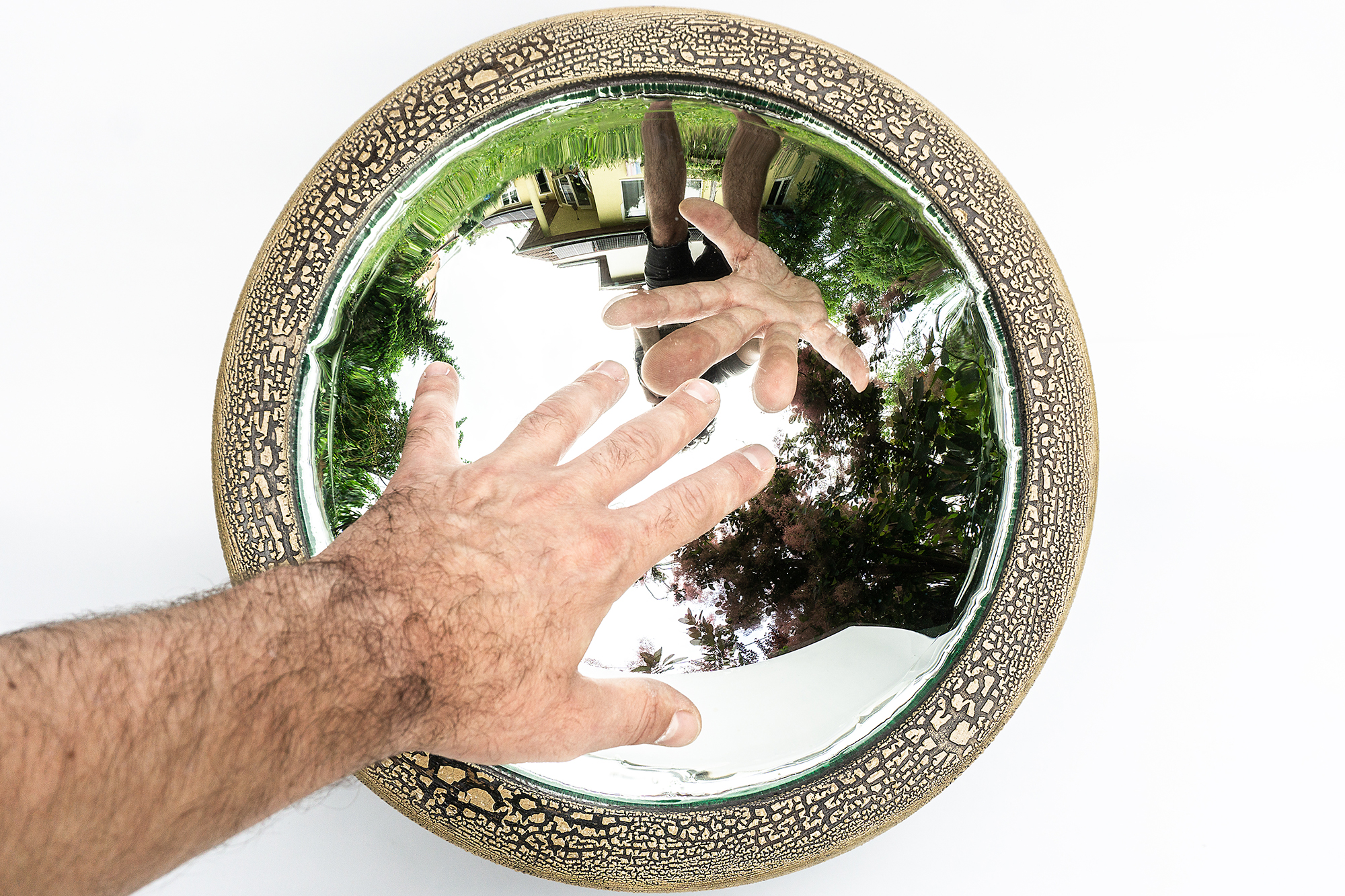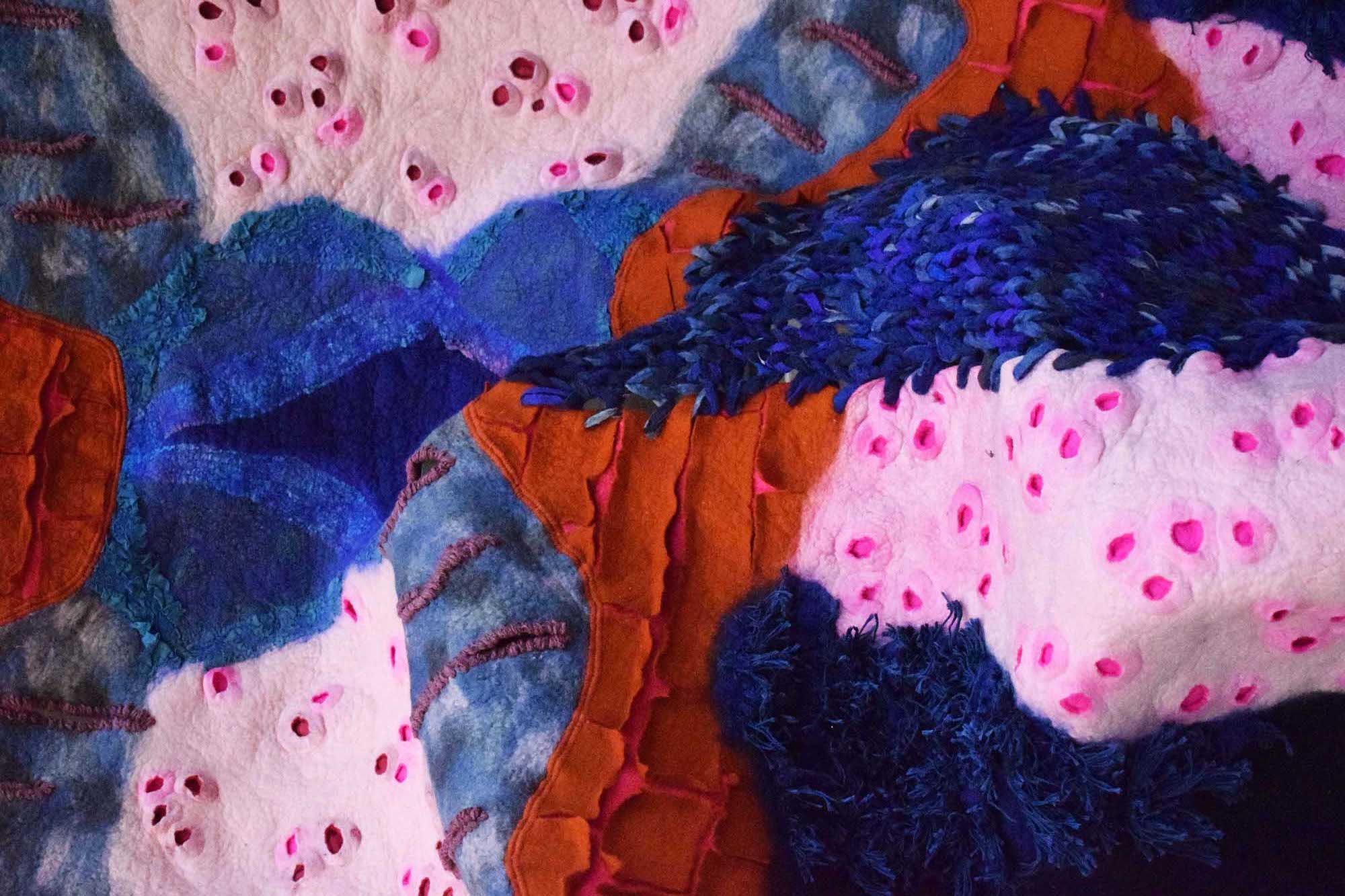

“Being able to live entirely for my job is a dream come true” – Interview with Angéla Góg
Ever since the case of Proust and madeleines dipped into tea, several research have been conducted to explore the role of the sense of taste and smell in memory recall. Food designer Angéla Góg takes a unique product design approach to the relationship between eating and recollections, where in addition to the taste sensations, the circumstances of experiencing them also play a key role, from the steps in the ritual of consuming shared meals to the shape of the dining table or the serving dishes. After completing her studies and teaching courses at MOME, she is returning to her alma mater as head of the Object Design MA. We asked her about previous and current projects and plans for the programme.

You graduated from the MOME Product Design MA programme in 2015 with your Patisserie of Memories project exploring the relationship between the taste sensations and memory recall. Generally speaking, the use of food as a medium is a highly unusual choice in product design. How did you end up in food design?
Throughout my studies, I was mostly interested in emotional design and our relationship to our everyday items. I wanted to explore the reaction an item can trigger in us, the way we relate to and communicate through it. Though I was also intrigued by gastronomy and eating, it was the similarity between memories evoked by tastes and our relationship to items that captivated me and finally lead me to food design. In my thesis I attempted to draw a parallel between demonstration of the predictability of food design and product design thinking. I was fascinated by the use of thematic serving in various situations even before conducting my diploma research, but it was only after that I really started looking into this unique methodology that I continue to use and develop to this day in order to maximise the efficiency with which I convey my messages.

Your project The table of the future within your research for your viva in 2020 explored the relationship between eating and recollections through a dystopic though unfortunately increasingly likely vision for the future suggesting that access to the foods currently dictating our dietary habits are by no means secure. By drying and cataloguing foods that are dear to us, you offer a way to preserve an impression of our individual taste sensations. How do you think food design today will determine the relationship of future generations to eating?
It’s not just the next generation food design has a relevance for. As a matter of fact, this mindset and design approach is all about the here and now and interactivity. It is important for me to seek answers to questions and research subjects that could be relevant for everyone. The study of memory recall and collecting taste memories are just as relevant and topical as the dietary possibilities the future holds. Future research is an immensely exciting field that also explores the transformation of our dietary culture. One way or another, we will be forced to change our diet, and the options of the generations to come will be clearly limited. Yet I believe that this also holds many exciting possibilities. All this is not only about sacrifices and loss, but also about new experiments and flavours.

The ONYX Creative Community combining science, art, and gastronomy, of which you are art director, is also involved in shaping the future of gastronomy with its experiments. What does working together with a team of professionals from various fields mean to you as a designer?
Linking and coordinating various disciplines is a tremendously exciting task and a major feat. During my previous jobs, I had also worked with a variety of professionals as I believe it is the only way to create something truly lasting. This is why it feels great to work together daily for a shared goal as part of the Creative Community, with my fellow artists also supporting my personal growth. Being able to live entirely for my job and contemplate things that make me happy is a dream come true. It is a deeply moving experience for me as a designer to see what we create come to life each evening, serving food on my items while I tell our patrons about our concept.

This year you will return to MOME – this time as head of the Object Design MA programme. What new and exciting professional challenges can you see ahead of you in this position?
Naturally I’m filled with anticipation. This comeback has a special meaning for me because I started university studying metal working, graduated as a product designer, and have come to specialise in food design. I have come full circle by joining the Object Design programme. Together with Edit Kondor, head of the Object Design BA, we have already held several courses together exploring the relationship between object design and eating with the students.
Just as I used several types of materials in the course of my daily work and throughout my career, I would now like to enable students to use them to experiment and create designs around a specific material, yet with an approach going beyond its limitations. I want to provide them with the freedom and approach to create objects freely, building on important research foundations and frameworks.
The years I spent in the Onyx Workshop Creative Community helped me grow in terms of my skills of collective thinking and working and holding a team together. It is my first priority to create a strong and dynamic community with my colleagues and transfer knowledge to students with maximum enthusiasm.
What are your plans for the future of the programme?
We want to train versatile designers with a broad spectrum of skills, who can immerse themselves in the use of innovative materials and technologies in addition to learning traditional craftmanship. The Object Design MA programme aims to train creative artists who can provide material-oriented, responsible, and sustainable responses to address social and environmental challenges and needs regardless of the material used. They will be able to master a broad international outlook and an agile approach to help them carry out complex art projects.
Through the transformation of the programme, students will be provided with the opportunity for multidisciplinary cooperation between the various fields, essential for shaping the object culture of the 21st century. A major goal is to support them in applying their practical knowledge of materials in various contexts, from conducting material experiments to creating autonomous works of art.

// /
Find out more about the Object Design MA HERE!


